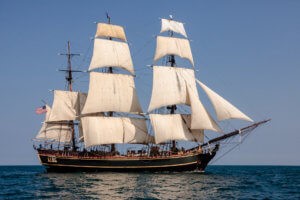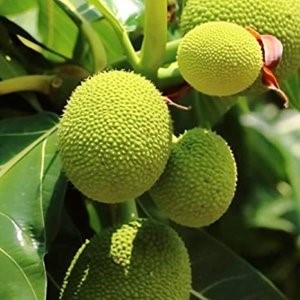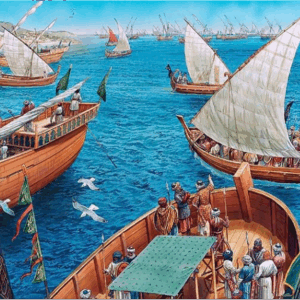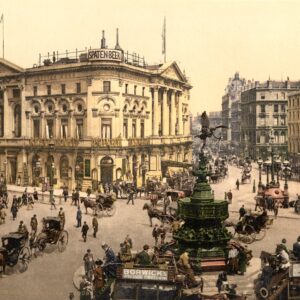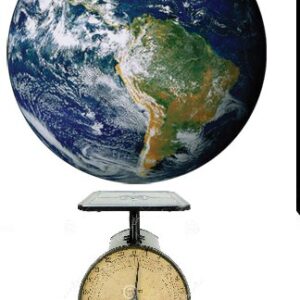
Breadfruit and Banks, Bligh and the Bounty
by Alan Hunton
In the latter part of the Eighteenth century, George III and the British government suddenly became
interested in the Breadfruit tree and in particular to the large fruits of this tree which were the
staple diet of many peoples living in tropical Pacific islands.
The tree had been spotted by James Cook and Joseph Banks in Tahiti in the year 1769 and it was Banks who then played a pivotal role in events that followed.
We will learn that William Bligh was dispatched to Tahiti twenty years later in HMS Bounty. After enjoying 6 months ashore we will try to understand some of the reasons why the return journey ended in mutiny. It did not end well for the mutineers but despite being cast adrift Bligh made it back to London only to be court-martialled and told to go back to Tahiti to finish his task.
These journeys took place during the final decades of the slave trade and at that time there was a perceived risk of food shortages in the Caribbean islands. Joseph Banks reasoned that breadfruit
could be the answer but we will see that the outcome was not as expected.
All members invited, just turn up no later than 10.45am to be seated for a prompt start. Cost is 2€ to cover hire of the room. Contact Allison O’Brien on history@u3ajavea.com for further information
